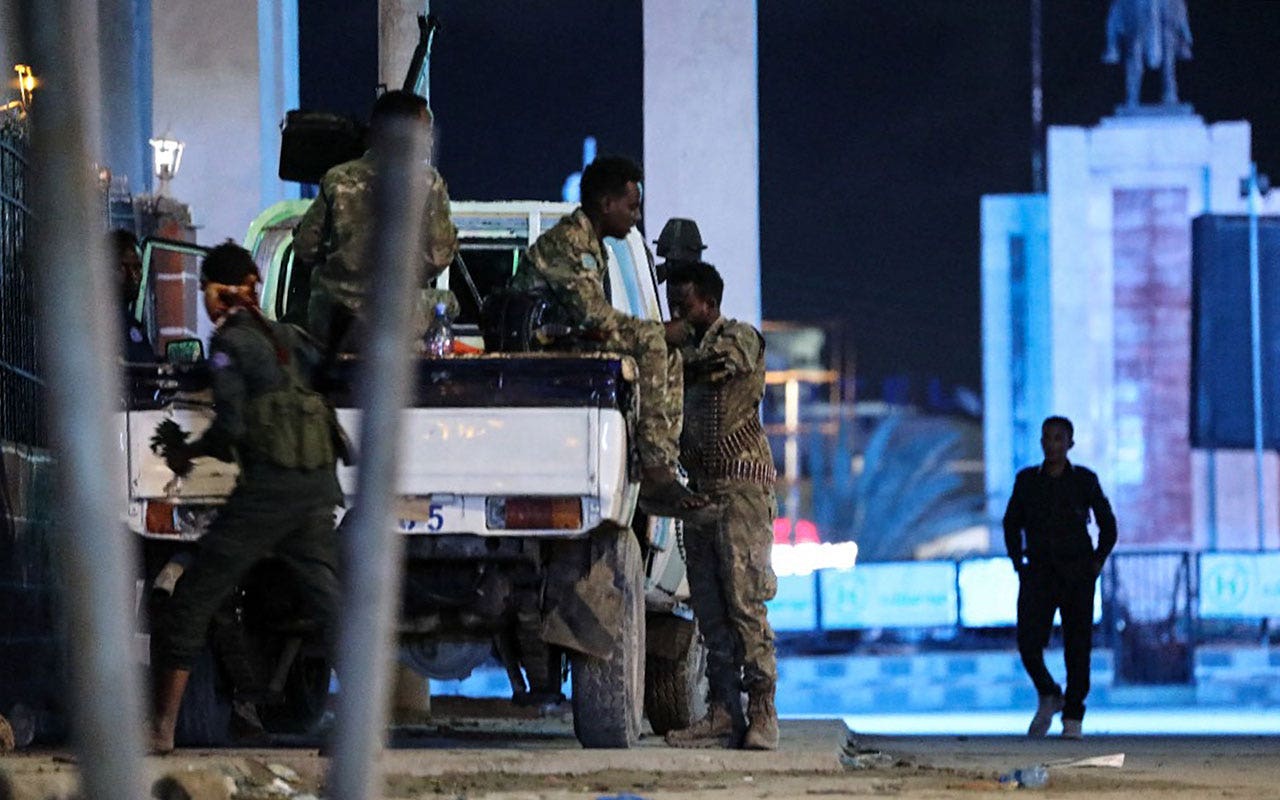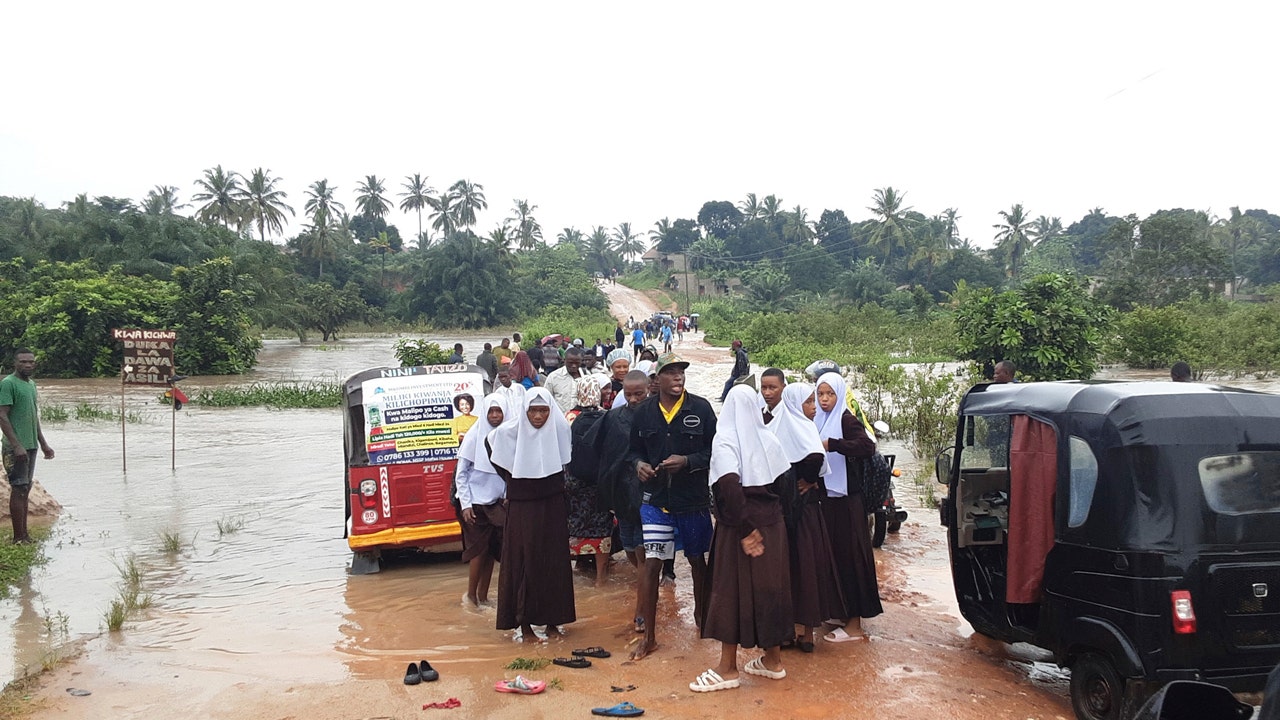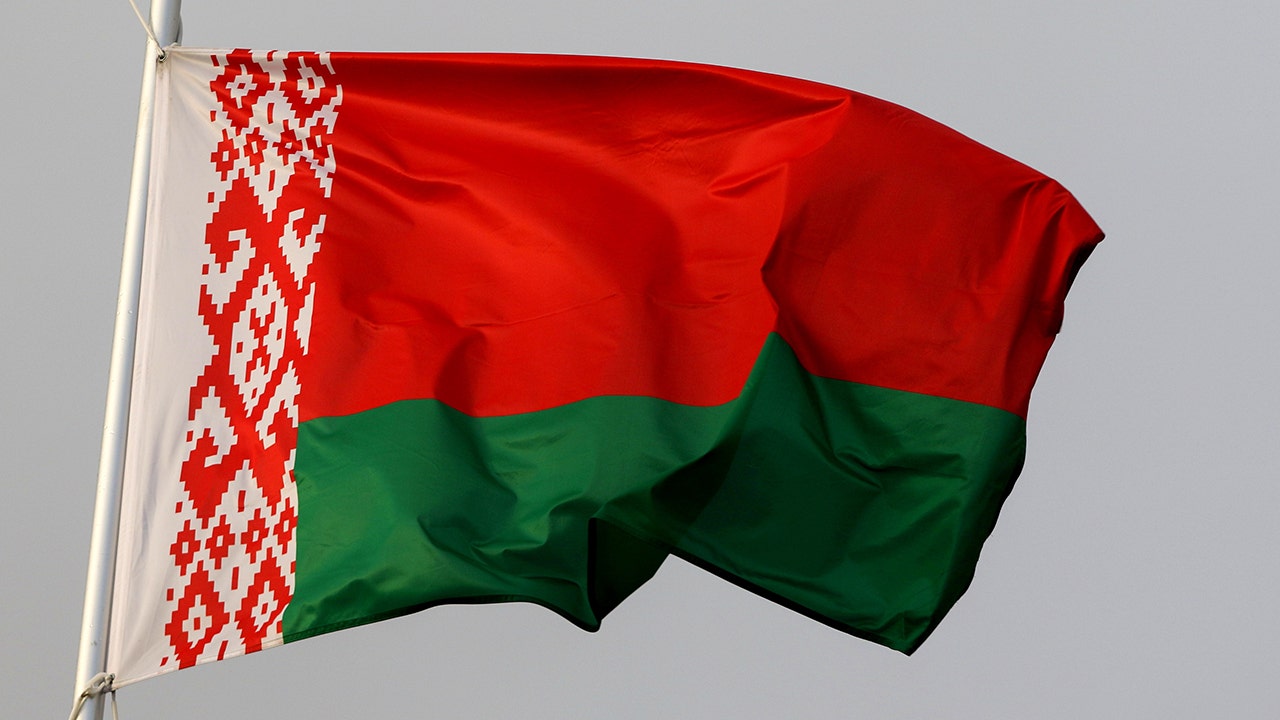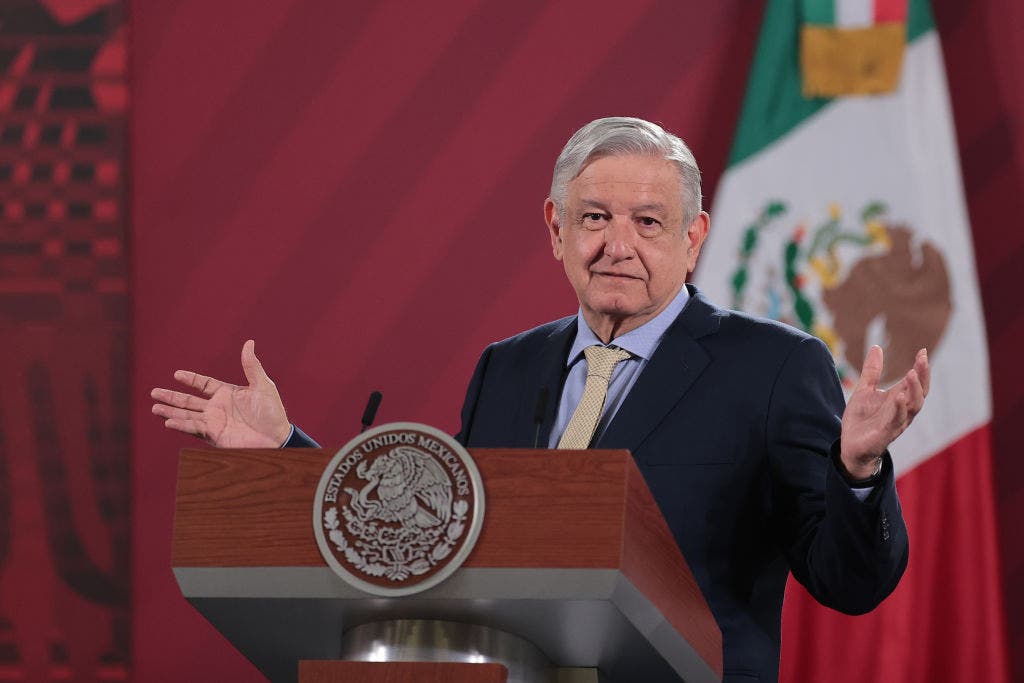Scientists in Iceland have come up with an ambitious plan to drill into a volcano’s magma chamber to source an abundant amount of clean, super-hot geothermal energy.
The project, which would be a scientific first if successful, would see boreholes drilled about 1.3 miles down through the earth’s crust at a volcano known as Krafla, located in the northeast of Iceland.
With over 200 volcanoes, Iceland is already a leader in geothermal energy where heat or hot water vapor is extracted and separated into liquid water and steam. The steam is then run through turbines that produce electricity used to power and heat its many greenhouses, used for its high levels of local food production, as well as for heating. Around 90% of homes in Iceland are heated by geothermal energy, according to Energy Transition, a green energy website.
ICELAND VOLCANO ERUPTS AFTER WEEKS OF INCREASED SEISMIC ACTIVITY
However, geothermal energy is cooler than steam at fossil fuel power plants, about 482°F and 842°F, respectively, and so tapping into the magma chamber could unleash a far powerful energy supply and boost the nation’s overall energy stock.
“It’s quite inefficient at those low temperatures, so there’s an interest in trying to develop super-hot geothermal,” John Eichelberger, a volcanologist at the University of Alaska Fairbanks, told New Scientist.
“The purpose of producing energy from near magma super-hot geothermal is that these wells are up to an order of magnitude more powerful in terms of producing energy than conventional wells,” project manager Björn Þór Guðmundsson, told the Daily Mail.
“We can drill one well instead of 10 for the same power output.”
The project, being undertaken by Krafla Magma Testbed (KMT), an Icelandic magma research organization, will build on a 2009 effort to drill close to one of the Krafla magma chambers by a team from a nearby power plant that has churned out geothermal energy from the volcano since the 1970s.
The intent with that project was only to get near to the chamber to explore geothermal energy options, but the chamber was not as deep down as expected, and the project accidentally broke through into the magma vault.

ICELANDIC VILLAGERS CLEARED TO RETURN HOME FOLLOWING MAJOR VOLCANIC ERUPTION
The drill struck magma and corroded the steel in the casings of the well as the 842°F heat destroyed the well. KMT scientists are working on materials that will be able to withstand the scorching heat in the upcoming project.
The project crucially confirmed that drilling into a magma chamber doesn’t cause the volcano to erupt, according to New Scientist.
“One of the main goals of KMT is to develop wells with the right materials that can withstand these conditions,” Guðmundsson told the Daily Mail.
Krafla is one of the country’s most explosive volcanoes, having gone off approximately 29 times since the country was first settled, although its last eruption was back in 1984. The volcano that erupted in December was near the fishing town of Grindavik, in the southwestern portion of Iceland.
“Tapping superheated or supercritical steam from adjacent the heat source could boost energy transport to the surface by an order of magnitude and efficiency of conversion to electricity by 3.5 times,” scientists for KMT wrote in a 2018 paper.
“When combined with the advantages of continuous operation (bed load), absence of need to transport either fuel or waste, limited carbon emission, and advances in long-distance HVDC (High Voltage Direct Current) power transmission, geothermal energy could change the electrical energy game completely.”

The project will also help KMT scientists to monitor the magma chamber by applying censors that would take pressure readings, which could improve forecasts of eruptions.
Other experiments later in the decade could be injecting fluids into the chamber to alter the pressure and temperature, and measure the results, according to the Daily Mail.
“The project is driven by the need to understand magmatic systems, to improve volcano monitoring strategies, and to develop next-generation, high-enthalpy geothermal energy,” scientists for KMT wrote in a 2018 paper.
“Monitoring the temperature profile in the roof of a magma chamber will reveal actual heat flux from magma to hydrothermal system, and unprecedented observation that will test both the promise and sustainability of Super Hot Geothermal Systems (SHGS). SHGS are systems which are more than 662°F,” scientists added.
Read the full article here











